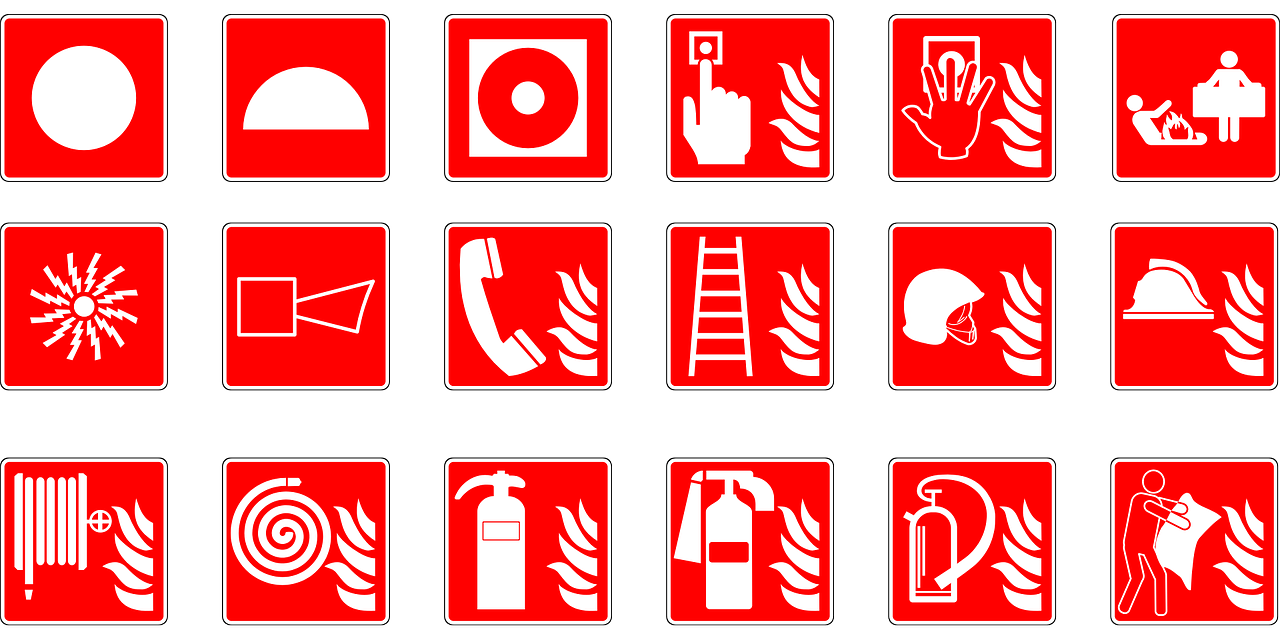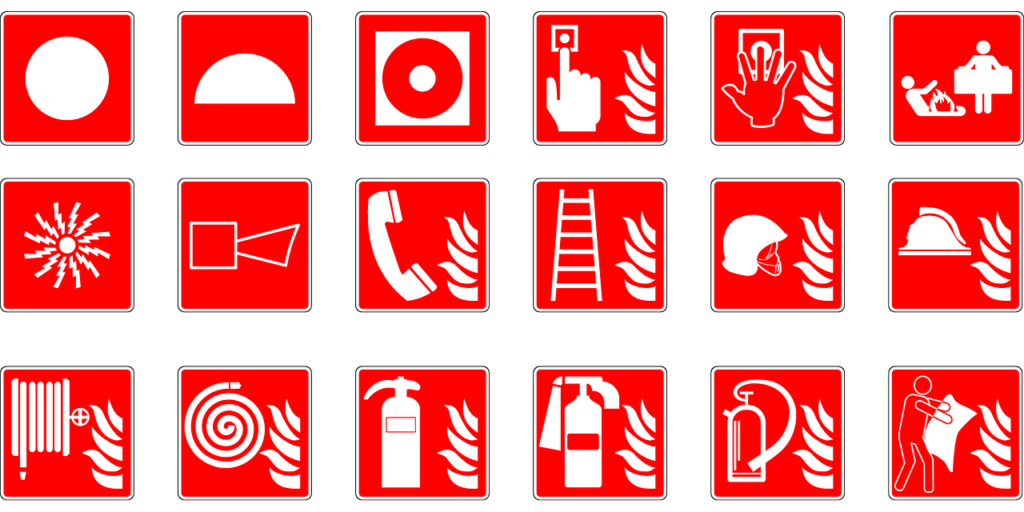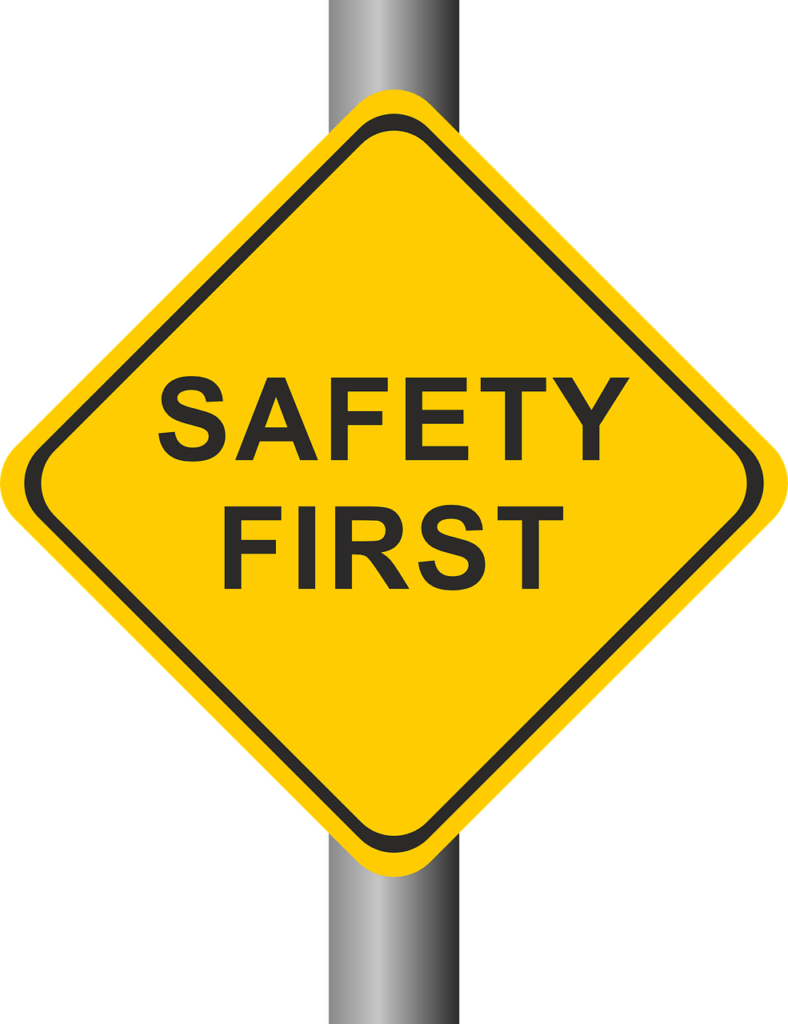
Bathrooms are often seen as a relaxing oasis, a place to escape and unwind. However, it’s essential not to overlook the potential hazards that can exist in this space. From slippery floors to hot water burns, taking the necessary precautions in your bathroom can help prevent accidents and ensure a safe environment for everyone. In this article, we will explore some of the top bathroom safety precautions you can take to minimize risks and promote well-being in this vital area of your home.
1. Install Grab Bars
Choose the right location for grab bars
When installing grab bars in your bathroom, it is important to choose the right location. The primary areas to consider are near the toilet, inside the shower or bathtub, and near the sink. These are the areas where slips and falls are most likely to occur. Mount the grab bars securely on the wall, making sure they are at a comfortable height for you to reach and provide adequate support.
Ensure proper installation
Proper installation of grab bars is crucial to ensure their effectiveness and stability. It is recommended to hire a professional or someone with experience in installing grab bars if you are not confident in your own abilities. The grab bars should be securely attached to the studs in the walls to provide maximum support. Follow the manufacturer’s instructions carefully and use the appropriate hardware for your specific wall type.
Use grab bars for support
Grab bars are designed to provide support and stability in the bathroom, especially for individuals with limited mobility or balance issues. They can be used to assist with sitting down and standing up from the toilet, entering and exiting the shower or bathtub, and navigating around the bathroom. Make sure to use the grab bars as intended and avoid placing excessive weight on them as they are not designed to support your full body weight.
2. Use Non-Slip Mats and Rugs
Place non-slip mats inside the shower or bathtub
To prevent slips and falls in the shower or bathtub, it is essential to place non-slip mats on the floor. These mats are designed to provide traction and reduce the risk of slipping on the wet surface. Make sure the non-slip mats are of appropriate size and cover the entire floor area inside the shower or bathtub. This will ensure maximum safety and minimize the chances of accidents.
Use non-slip rugs on the bathroom floor
In addition to non-slip mats inside the shower or bathtub, it is also important to use non-slip rugs on the bathroom floor. These rugs should be placed near the shower or bathtub, sink, and toilet to provide stability and prevent slipping. Look for rugs specifically designed for use in the bathroom, as they are typically made of materials that are resistant to water and provide better grip.
Regularly clean and replace non-slip mats and rugs
To maintain the effectiveness of non-slip mats and rugs, it is necessary to clean them regularly. Over time, these mats and rugs can accumulate dirt, moisture, and soap residue, which can diminish their non-slip properties. Clean them with mild detergent and water, and ensure they are completely dry before placing them back. Additionally, check the condition of the mats and rugs regularly and replace them if they show signs of wear and tear.

This image is property of pixabay.com.
3. Provide Adequate Lighting
Install bright lights in the bathroom
Proper lighting in the bathroom is crucial for preventing accidents and ensuring safety. Install bright lights that illuminate the entire area effectively. Consider using LED or fluorescent lights, as they provide excellent brightness and energy efficiency. Bright lights will help you see clearly and avoid any potential slips or falls that may result from poor visibility.
Use nightlights for added visibility at night
To enhance safety during nighttime visits to the bathroom, use nightlights that provide sufficient visibility without being too bright. Place these nightlights strategically in areas where you may need to navigate, such as near the toilet or hallway leading to the bathroom. Nightlights help you locate essential fixtures and avoid obstacles in the dark, reducing the risk of accidents.
Ensure proper positioning of lights
Aside from installing the appropriate lights, the positioning of the lights also plays a vital role in bathroom safety. Make sure the lights are situated in a way that minimizes shadows and provides even illumination throughout the space. Consider installing additional light fixtures at low-level areas, such as near the baseboards, to eliminate any hidden hazards.
4. Keep the Bathroom Floor Dry
Use bathmats to absorb excess water
After showering or bathing, the bathroom floor may become slippery and hazardous. To prevent slips and falls, use bathmats that absorb excess water and provide traction. Place these bathmats outside the shower or bathtub to catch any water that may drip off when stepping out. This helps keep the floor dry and significantly reduces the chances of accidents.
Wipe the floor dry after showering or bathing
In addition to using bathmats, it is recommended to wipe the bathroom floor dry after showering or bathing. Use a towel or mop to remove any water that may have splashed onto the floor. This extra step ensures that all water is eliminated and helps maintain a safe and dry environment in the bathroom.
Address any leaks or plumbing issues
Persistent leaks or plumbing issues can contribute to a consistently wet bathroom floor, increasing the risk of accidents. If you notice any leaks or plumbing problems, it is important to address them promptly. Contact a professional plumber to fix any faulty pipes, faucets, or fixtures that may be causing the issue. By resolving these problems, you can prevent recurring wet floors and maintain a safer bathroom environment.

This image is property of pixabay.com.
5. Secure Bath and Shower Handles
Ensure handles are properly installed and tightly secured
Bath and shower handles are essential for maintaining balance and support while entering or exiting these areas. It is crucial to ensure that these handles are properly installed and tightly secured. Loose or unstable handles can pose a significant risk and may not provide the necessary assistance. Regularly check the handles for any signs of looseness, and tighten them if needed or replace them with more secure options if they are damaged.
Use grab bars or handles specifically designed for the bathroom
When it comes to selecting bath and shower handles, it is best to choose grab bars or handles that are specifically designed for bathroom use. These handles are crafted to withstand the moist and humid environment of the bathroom, minimizing the chances of rust or deterioration. They also offer better grip and stability, providing you with the necessary support for a safer bathing experience.
Regularly check for loose handles or damage
Even with proper installation, wear and tear can occur over time. It is important to inspect the bath and shower handles regularly for any signs of damage or looseness. Check the screws or fasteners that secure the handles and ensure they are tight. If you notice any issues, such as loose handles or cracks in the material, replace them immediately to prevent accidents.
6. Maintain a Safe Water Temperature
Set the water heater temperature to prevent scalding
Hot water scalds can cause severe burns, especially for individuals with sensitive skin or reduced sensation. To prevent scalding accidents, it is crucial to set the water heater temperature to a safe level. The recommended temperature is 120 degrees Fahrenheit (49 degrees Celsius). This ensures that the water is hot enough for your needs but not excessively hot to the point of causing burns.
Test the water temperature before getting in
Before stepping into the shower or bathtub, always test the water temperature to ensure it is safe. Use your hand or a thermometer to check the water temperature. Adjust the temperature accordingly to ensure it is comfortable and within the safe range. This simple precaution can prevent unexpected scalds and provide a more pleasant bathing experience.
Consider using anti-scald devices on faucets
An additional safety measure to prevent scalding accidents is to install anti-scald devices on faucets. These devices regulate the water temperature and prevent sudden increases in hot water flow. They are particularly beneficial in homes where children or elderly individuals may accidentally turn the faucet to a high temperature. Anti-scald devices provide an extra layer of protection and give you peace of mind.

This image is property of pixabay.com.
7. Store Medications Safely
Keep medications away from high humidity and heat
Medications should be stored in a dry and cool environment to maintain their effectiveness and safety. Avoid storing medications in the bathroom, as the humid environment can lead to degradation or spoilage. Instead, store medications in a separate cabinet or in a bedroom where the temperature and humidity levels are more controlled.
Use childproof containers or locks for medication storage
If there are children in the household, it is essential to store medications in childproof containers or cabinets with locks. Children may accidentally ingest medications, which can have serious health consequences. Ensure that all medications are stored securely and out of reach of children to prevent any potential accidents.
Organize and label medications properly
To ensure medication safety, it is crucial to organize and label medications properly. Keep medications in their original containers with clear labels indicating the name of the medication, dosage instructions, and expiration dates. This helps avoid confusion and prevents accidental ingestion of the wrong medication. Additionally, regularly check for expired medications and dispose of them appropriately.
8. Install a Raised Toilet Seat
Choose a raised toilet seat that suits your needs
A raised toilet seat can be a beneficial addition to promote safety and ease of use, especially for individuals with limited mobility or joint pain. When selecting a raised toilet seat, consider your specific needs and preferences. Choose a seat height that is comfortable for you and ensure it is compatible with your toilet bowl shape and size. Raised toilet seats with armrests or padded seats can provide additional support and comfort.
Ensure proper installation and stability
Proper installation is crucial for the stability and effectiveness of a raised toilet seat. Follow the manufacturer’s instructions carefully to ensure it is installed correctly. Ensure that the seat is securely attached to the toilet bowl and does not wobble or shift when weight is applied. Regularly check and tighten any screws or fasteners to maintain the stability of the raised toilet seat.
Consider additional supportive features like armrests
In addition to a raised toilet seat, consider additional supportive features such as armrests. These armrests provide extra stability and leverage to assist with sitting down and standing up from the toilet. Choose a raised toilet seat with integrated armrests or purchase separate armrests that can be attached securely to your existing raised toilet seat. This added support can significantly enhance bathroom safety.
9. Arrange Bathroom Essentials for Easy Access
Keep frequently used items within reach
To prevent unnecessary bending, stretching, or reaching, it is important to organize your bathroom essentials in a way that keeps frequently used items within easy reach. Store items such as soap, towels, and toiletries in easily accessible locations. This minimizes the risk of losing balance or straining your body to retrieve items, reducing the chances of accidents or falls.
Avoid cluttering the bathroom and creating tripping hazards
A cluttered bathroom can increase the risk of tripping or falling. Keep the bathroom tidy and free from unnecessary items or clutter. Avoid leaving items on the floor or countertops, as they can create obstacles and potential tripping hazards. By keeping the space clear, you create a safer environment and reduce the chance of accidents.
Use organizers or shelves to maintain organization
Utilize organizers or shelves to maintain the organization of your bathroom essentials. Install shelves or racks on the wall to store items that are frequently used but not suitable for countertop storage. Use trays or small containers to keep similar items together and avoid scattering them across the bathroom. By implementing proper organization, you create a more efficient and safer bathroom space.
10. Take Extra Precautions for Seniors or Disabled Individuals
Install additional safety features like handrails and shower seats
For seniors or disabled individuals, it may be necessary to install additional safety features in the bathroom. Handrails near the toilet and inside the shower or bathtub provide extra stability and support. Shower seats or benches are also beneficial for individuals who have difficulty standing for extended periods. These features enhance safety and make it easier to navigate and use the bathroom with confidence.
Consider assistive devices or modifications based on individual needs
Each individual’s needs and limitations may vary, so it is important to consider customized modifications or assistive devices. Grab bars with extended lengths or non-slip grip surfaces can provide better support for individuals with mobility challenges. Adjustable height showerheads, handheld showerheads, or bidets can make personal hygiene tasks more manageable. Assess the individual’s specific requirements and explore appropriate solutions to ensure their safety and comfort.
Regularly assess and update safety measures to accommodate any changes
Safety needs may change over time, especially for seniors or individuals with progressive conditions. It is important to regularly assess the effectiveness of existing safety measures and make any necessary updates or modifications. As physical abilities evolve, consider consulting with healthcare professionals or occupational therapists for guidance on maintaining a safe bathroom environment. Regular evaluations and adjustments help ensure that bathroom safety precautions remain relevant and effective.
By implementing these top bathroom safety precautions, you can create a safer and more secure environment for yourself or your loved ones. Remember that proactive measures are key to preventing accidents and injuries. Take the time to assess your bathroom, identify areas of improvement, and make the necessary adjustments to promote safety and peace of mind.

